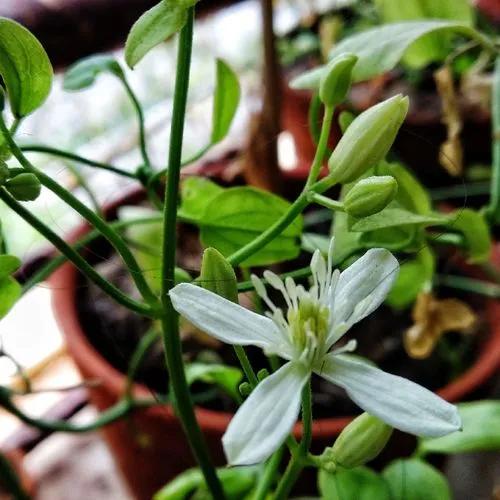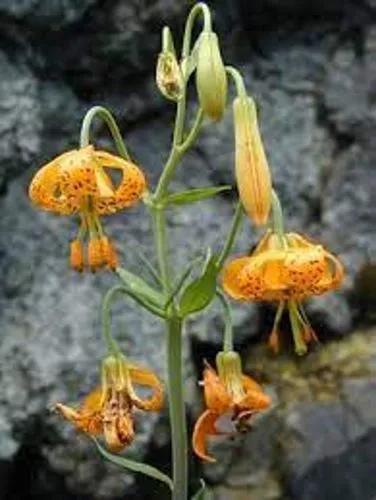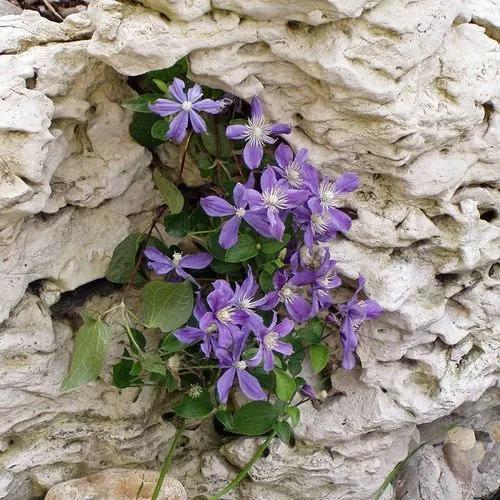Musk mallow (Malva moschata) was transported to North America by European settlers. Unfortunately, it has become invasive throughout much of the northwestern and northeastern parts of the United States, where it is likely to pop up in roadsides, along railroads and dry, grassy fields. Musk mallow often marks the location of old homesteads. Musk mallow is a hardy plant, suitable for growing in USDA plant hardiness zones 3 through 8. As with common mallow plants, it’s a good idea to consider the invasive potential before you consider growing musk mallow. Your local cooperative extension office is a good source of information. You can also contact the fish and wildlife service in your area.
Greater Musk Mallow Care
Malva Moschata



What is the plant
How to Care for the Plant

Water

Keep the soil moist after planting, especially during warm weather. Once established, musk mallow tolerates dry soil.

Pruning

Cut the plant to the ground in autumn as part of your musk mallow care each season.

Sunlight

Musk mallow thrives in full sunlight but will also adapt to partial shade
Ease your plant care routine with PlantIn's personalized system.

Soil

Although musk mallow tolerates poor, thin soil, it prefers well-drained growing conditions.

Temperature

They take from one to three weeks to germinate at about 21°C.

Popularity

350 people already have this plant 64 people have added this plant to their wishlists
What's wrong with your plant?
Related Plants
Discover more plants with the list below
Popular articles






